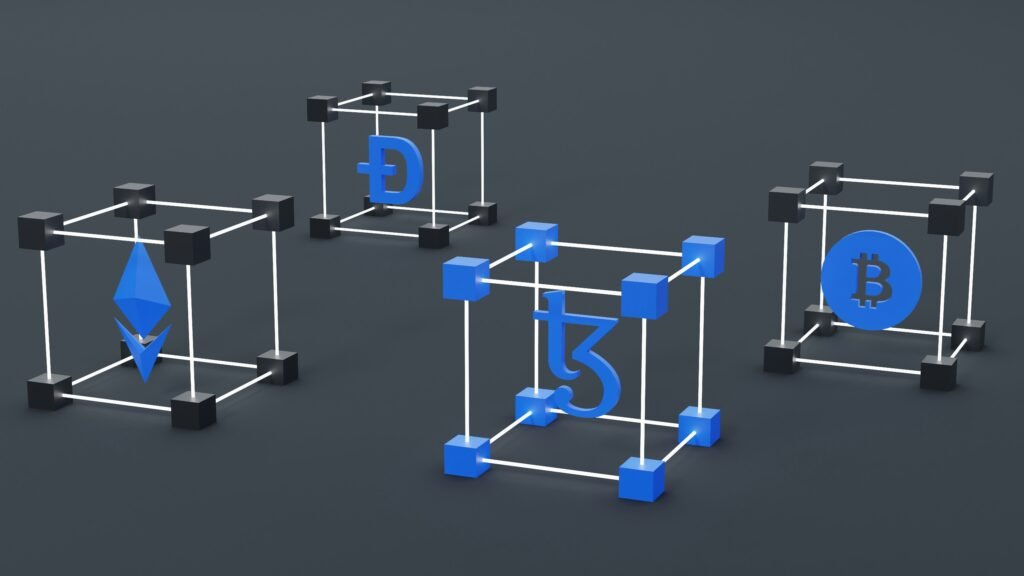
What Are Decentralized Physical Infrastructure Networks (DePINs)?
Decentralized Physical Infrastructure Networks (DePINs) represent a transformative approach to managing digital infrastructures by leveraging the principles of decentralization predominantly guided by blockchain technology. At its core, DePINs aim to enhance the efficiency, security, and resilience of infrastructure management by distributing control and responsibilities across numerous computers and servers globally, effectively eliminating single points of failure.
In conventional systems, infrastructure management often involves centralized authorities or intermediaries, which can be prone to inefficiencies, bottlenecks, and vulnerabilities. DePINs mitigate these issues by adopting a decentralized architecture wherein each node or participant within the network maintains a copy of the infrastructure’s state and actively participates in decision-making processes. This decentralized model ensures that the network’s functionality remains robust even if certain nodes encounter failures or malicious attacks, thereby enhancing the overall security and reliability of the system.
Blockchain technology serves as the backbone of DePINs by providing a transparent, immutable ledger that records all transactions and states within the network. This ledger is shared among all nodes, ensuring consensus and trust without the need for a centralized governing entity. Blockchain’s inherent characteristics like immutability and cryptographic security further augment the credibility and operational efficiency of DePINs.
Examples of DePINs can be observed in various industries rallying towards enhanced digital management. For instance, in the energy sector, projects like Power Ledger are utilizing blockchain to create decentralized energy grids, where consumers can directly trade energy without intermediaries. Similarly, the logistics industry sees innovative solutions like VeChain, using blockchain for traceability and verification in supply chains. These real-world instances epitomize how DePINs can significantly improve transparency, efficiency, and security across different sectors.
In summary, DePINs encapsulate the fusion of blockchain technology with physical infrastructure, promoting a decentralized, secure, and efficient environment for managing digital elements. As industries continue to adopt this paradigm, the future of digital infrastructure management looks increasingly robust and resilient, setting a new standard for operational excellence.
Decentralized Physical Infrastructure Networks (DePINs) are emerging as a revolutionary solution for digital management. By leveraging the decentralized nature of blockchain technology, DePINs offer several significant benefits. One of the foremost advantages is enhanced security. Traditional centralized systems are often vulnerable to single points of failure, making them prime targets for cyber attacks. DePINs, however, distribute data across multiple nodes, significantly reducing the risk of systemic failures and unauthorized access. This decentralized approach ensures stronger data protection and more robust security.
Another key benefit is the transparency that DePINs bring to digital management. Blockchain’s immutable ledger system allows for real-time tracking and verification of all transactions, thereby improving accountability and trust. This aspect is particularly crucial in scenarios involving sensitive or critical information where traceability and visibility are paramount. Additionally, operational costs can be substantially reduced. By eliminating the need for intermediary systems and central authorities, organizations can streamline processes and lower expenses associated with infrastructure maintenance and oversight.
Moreover, DePINs enhance the resilience and reliability of digital infrastructures. Without a centralized point of control, these systems are less susceptible to failures that could cascadingly impact operations. Decentralization inherently increases redundancy, thus ensuring continuous service even if part of the network goes offline. This feature is particularly beneficial for industries requiring high availability and uninterrupted service performance.
However, integrating DePINs with existing infrastructure poses certain challenges. The complexity of seamless integration can be daunting, requiring specialized skills and comprehensive understanding of both traditional and decentralized frameworks. Scalability is another concern; as networks grow, maintaining performance and efficiency becomes increasingly challenging. Regulatory and governance issues add another layer of complexity, as varying legal standards and compliance requirements could impede the widespread adoption of DePINs.
Despite these challenges, various strategies can be employed to realize the full potential of DePINs. A phased approach to integration, where systems are gradually transitioned, can mitigate complexity. Employing advanced scalability solutions such as sharding and layer-2 protocols can address performance issues. Finally, developing clear regulatory frameworks and industry standards can facilitate smoother adoption and governance. By tackling these challenges effectively, the transformative benefits of DePINs can fundamentally redefine digital management.